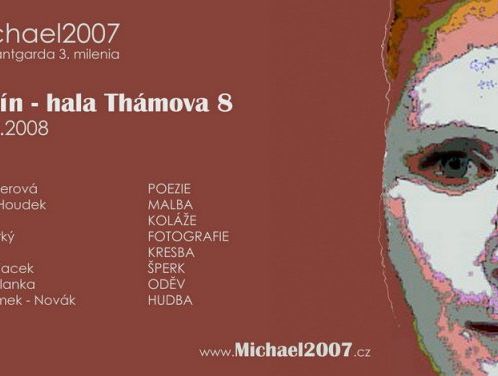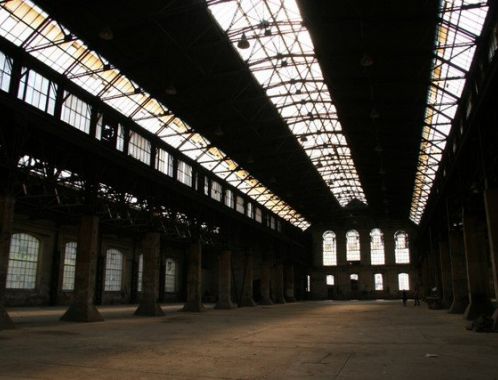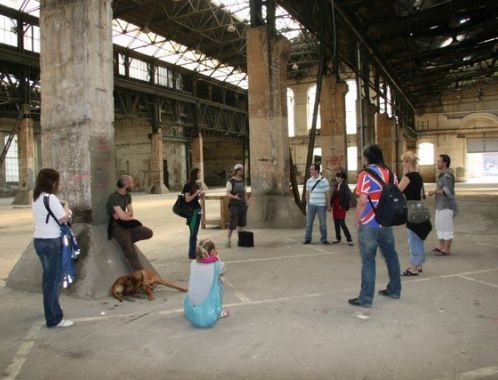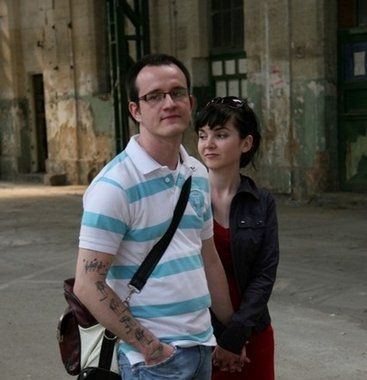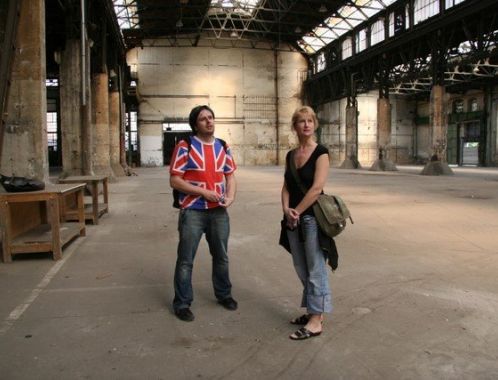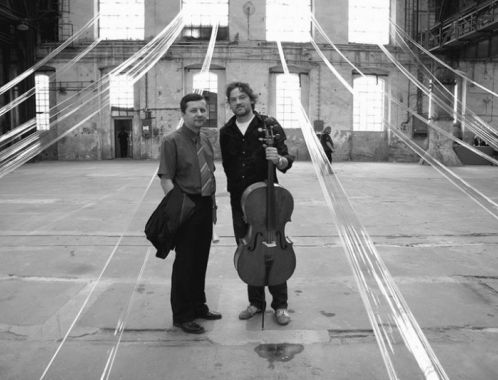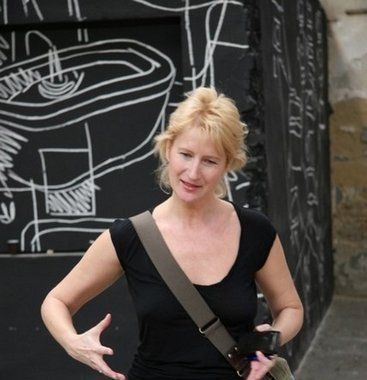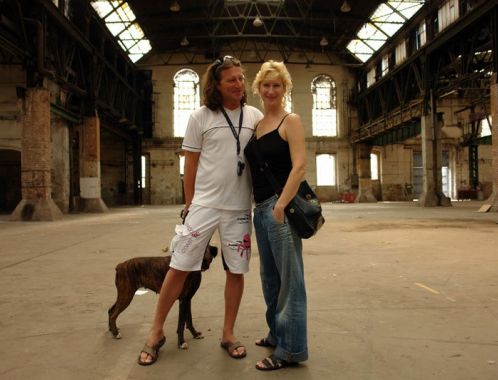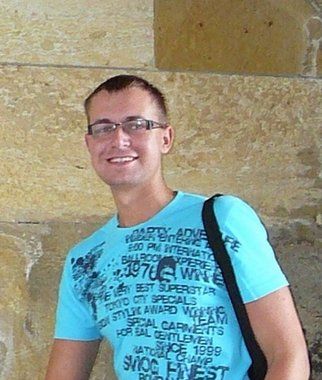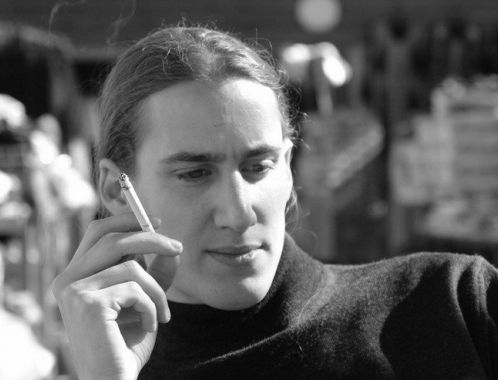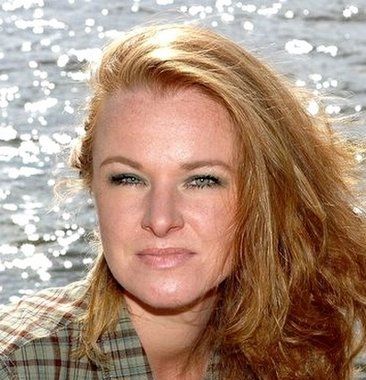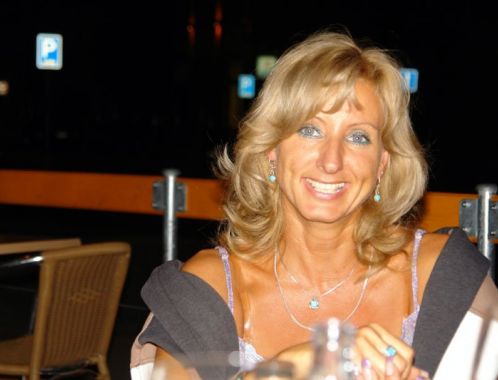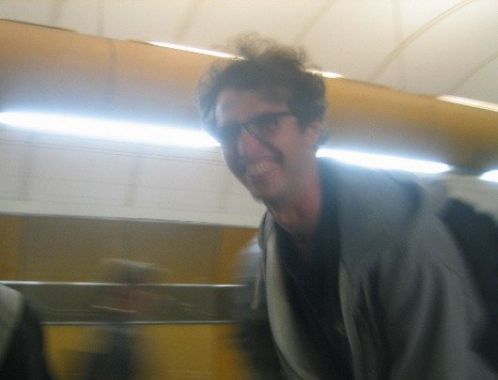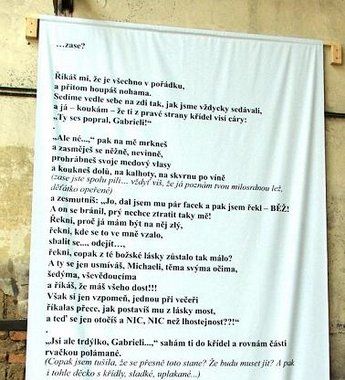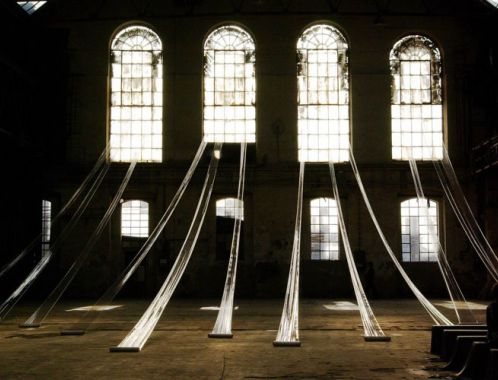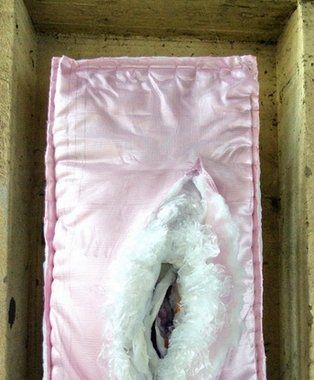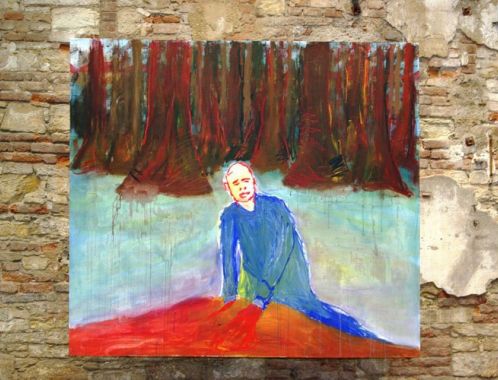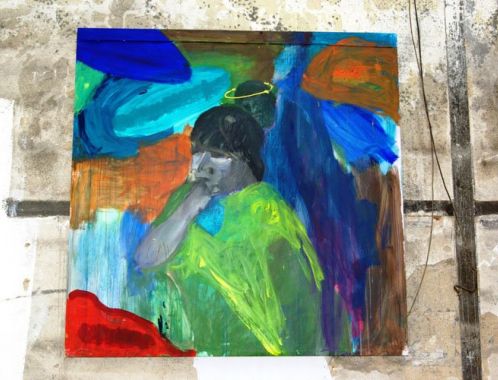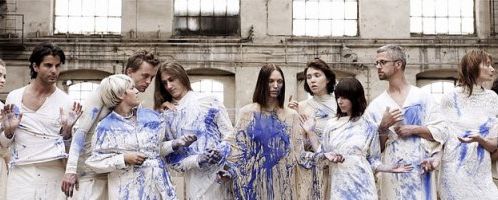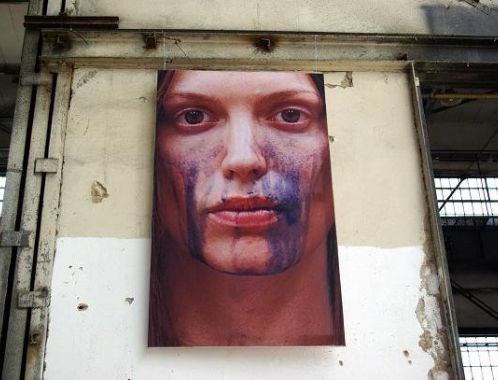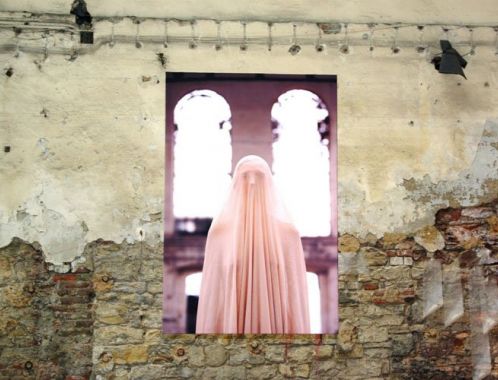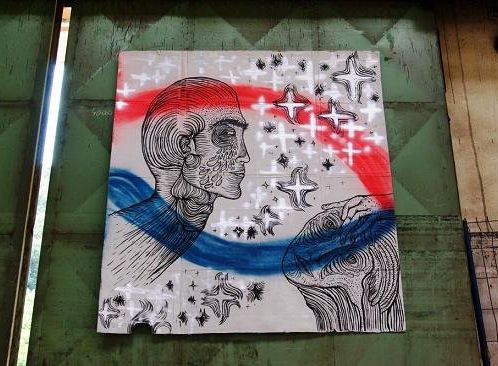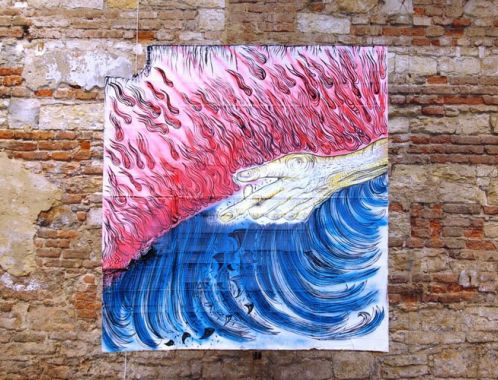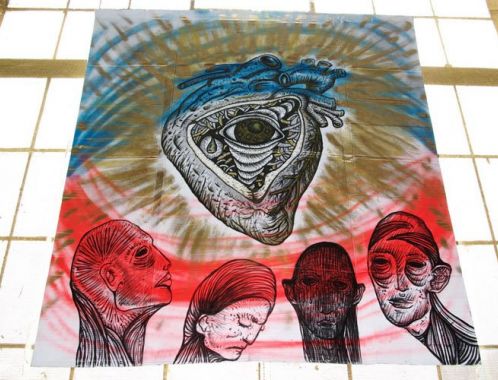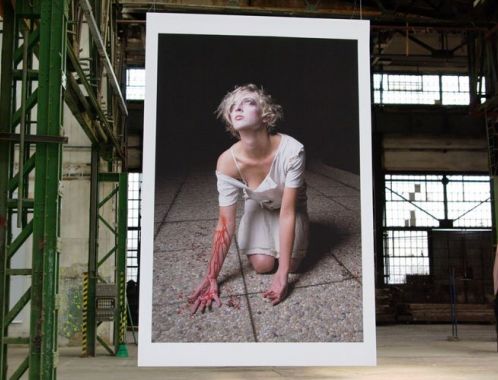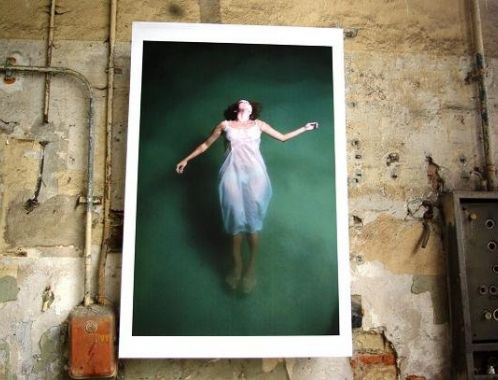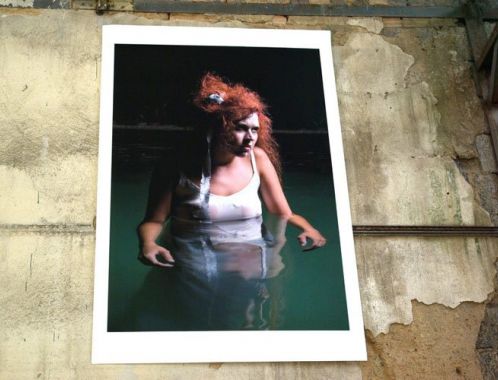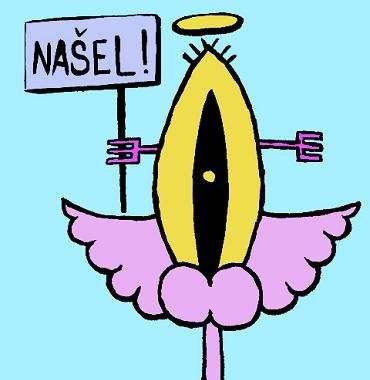The Michael2007 Project
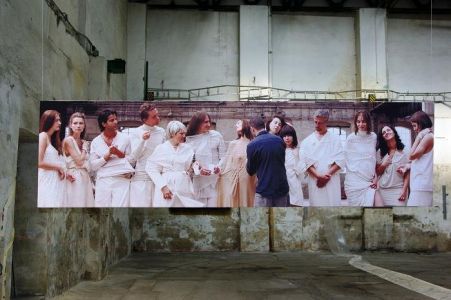
An art exhibition of the Czech avant-garde of the 3rd millennium inspired by poetry from the collection Michael2007... or, a project with many questions and one single message.
Can you imagine how difficult it is to write an article about something that is almost too personal to you? Is it even possible to avoid subjectivity?
For me, the'too personal' matter wastheMichael2007 Project, an exhibition of young Czech avant-garde artists. As the author of the poetry that was to be the subject of the artwork and subsequently also the curator of the exhibition itself, I obviously can’t avoid taking a subjective view of Michael2007.
What went before
During the summer nights of 2007 a book began to take shape, one that from the very start seemed to me to be too slim and too complicated to have any realistic chance of publication. In addition, half of it was full of poetry (and likewise philosophical-historical facts) strongly influenced by Christianity.
The clues to the story concealed within Michael2007 were scattered through the book like the tesserae of a mosaic, which only make sense when you get to work and put them together. At that time I put the poems up on my blog, and I soon became aware of a powerfully emotional reaction from readers. That was when I had the idea of approaching some young, avant-garde artists and creating the Michael2007 visual art superstructure.
So I sent out nine key poems from the book to several visual artists (I also approached two composers) with the question whether the poetry, and especially the message hidden within it, was engaging enough to give rise to an artistic representation, one in which they would react to each of the poems. I was rewarded with feedback that was one-hundred-percent positive, and in a short while a creative team was assembled as an innovative poetic/visual arts workshop under the name Projekt Michael2007.
For one week in September 2008, the former Thámovka factory in Karlín, Prague, was transformed into a cathedral of angelic love and human suffering. In the metaphorical Stations of the Cross that ensued, artists came together in the search for truth. OLOproduced three-dimensional collages and Lukáš Horký photographic compositions, while Jakub Polanka mirrored the poems in a holistic fashion conception. MARIE’s impressions of the poetry were reflected in her drawings. Vladimír Houdek interpreted the poems in his paintings and Zdeněk Vacek in his jewellery.
By taking on the curatorship of the exhibition, I brought down a curse on myself - albeit unwittingly, as I had never worked as a curator before. To help me, I brought in the architect Adam Sirotek and the project manager, Gabriel Kurtis. During that week, as the artistic reflections on the Angel poems were being installed, all three of us went through a baptism of fire, as did exhibition manager Michal Olbert. You know what artists are like… and given the fact that the average age of the exhibitors was only twenty-eight, and that their approach to work was so decidedly avant-garde, you’ll understand why we thought that as soon as the official opening was over we were either going to be locked up in a mental hospital or have to sign up for a hair transplant, as all the anxiety and strain we had been through before the opening night was making our hair fall out!
Although we had originally counted on unveiling the installation one week before the official opening, we actually did so just 72 hours before. During the last remaining hours, the hall took on the appearance of one of the biggest Czech creative workshops. With the exception of photographer Horký, everyone was busy with their work right up to the last possible minute. And this was the result:
OLO
Out of all the artists, OLO experienced the greatest adventure - she worked flat out to install the rays of light on the virtual altar of the exhibition (this work lasted a day and a half), only to see them fall to the factory floor over the next 48 hours. At this point her initial shock was already behind her - on the first day of the installation she had brought the collages (on which she’d spent an immense amount of time) from her studio, only to discover that they were too intimate for the giant 3000 m2 space. So she started again from scratch and through her collages reacted not just to the poems, but to how the individual works of the other artists related to each other.
Of all the artists, Olo worked the most freely. The entire area of the hall became her creative space. Her collages served to highlight the creative atmosphere of the whole exhibition, sometimes bringing together even the apparently irreconcilable. Besides her fascinating rays of light on the altar, also popular was the ethereal phosphorescent game played with coloured rice, artfully inserted into the floor in the form of primeval hieroglyphs. Male visitors to the exhibition were especially captivated by the forceful and cheeky textile collage of a huge vagina, which mirrored the last poem in the cycle. While women tended to stroke the vagina gently, men enjoyed sticking their entire head into it. Yes, that’s really what happened.
Jakub Polanka
In his fashion conception, Polanka introduced a parallel to Da Vinci’s Last Supper and elevated clothing to the level of an artform by visually expressing the dynamics of interpersonal relationships within the group. The dependency of relationships and the interplay between individuals was stressed by stitching the models together using white thread. The blue paint illustrated the relationship between people and God. Polanka’s compact narrative was brimming with ideas. His picture of the Last Supper (the largest canvas in the entire exhibition - 6 m x 1.5 m) was hung in the penultimate section of the exhibition, and along with Onlookers in the section Into to the Endless Depths of Memories, provoked some of the strongest artistic experiences.
Lukáš Horký
Horký proved his composure and professionalism as an artist through his controversial approach to the theme of angels, entitled ‘Angels may fall’. This set of nine large format photographic compositions was artistically pure and included in the portfolio for his graduation work. As Horký says himself, he has been engaged with the theme of fallen angels for three years; he regards Michael2007 as his final outpouring on the subject of angels. Horký was also the first to give his wholehearted support to the idea behind the exhibition, and he even turned up in person to collect a copy of the anthology of angel poems. The greatest admiration for his work was generally expressed for The Last Time, his photograph in the final section of the exhibition. Similar excitement was expressed for The Creditor on the exhibition’s 'anti-altar'.
Vladimír Houdek
Vladimír Houdek’s work provoked the largest amount of discussion. He flooded the hall with diptychs and triptychs, and in contrast to Polanka and Horký he prioritised his individual sensory impressions, through which he reacted to each Station of the Cross. He chose not to thread any unifying theme through his work. Inner struggles, pain and doubts about his own self and humanity emanated strongly from his paintings, which were desperately forlorn, crammed with terrifying nightmares and visions. His triptych dominated the 'anti-altar' and for me personally, the quality and depth of his works was embodied by The Absinthe Fairies' Greenish Wings, the right-hand panel of the triptych in the section Again on the First Day. Most visitors to the exhibition, however, reserved their highest praise for the canvas relating to the poem Prologue.
MARIE
MARIE enchanted visitors to the exhibition by the consummate detail of her drawing. Although she chose to accentuate her own emotive response to individual poems in a fashion similar to Houdek’s, all her drawings were nonetheless united by an identical card format and the use of two colours, either with the one flowing into the other or as mutually intersecting lines. Most highly appreciated (also by foreign visitors) were the drawings Two Angels (in the Once More section) and Heart of the World (at the Station Again on the First Day).
Zdeněk Vacek
The delicate jewellery of Zdeněk Vacek, which he placed into faultlessly clear glass balls, carried the link between the individual stopping points of the imagined Stations of the Cross. Created from stainless steel, the individual pieces of jewellery resembled cybernetic flowers and exotic insects. The surface colour and the colour of the satin inlay altered depending on the textual mood of each poem. The satin matched perfectly the shifting tones of the coloured steel. In creating the jewellery, Vacek abandoned requirements of 'wearability', freed himself from the burden of functionality and referred to his creations as small sculptures extracted from the poetry - sometimes rusty, sharp and unfinished, just as rough and earthy as those things which impressed him in the story.
The quiet and devoted omnipresence of Julius Reichel was a real gift from the gods during the installation and preparation for the official opening. And his set of ‘Find an Angel’ Silent Street Support Stickers went down fantastically well with our younger visitors. The most beautiful sentence to be overheard during the Projekt Michael2007 exhibition was spoken by this quiet and smiling man. 'I found wings amidst the dust…'
Michael2007 was one of the largest exhibitions in the Czech Republic in 2008.
In a former factory of 3000 square metres were hung immense screens containing poems (the largest was 2.5 m x 6.5 m); around each of these a Station of the Cross was created from the works of the individual artists. The variety of artistic responses to each text was a miraculous sight for visitors. Nine key poems narrated the story. The music for the story was composed by Pavel Zemek Novák, a widely-esteemed contemporary composer. Despite his being an artist from a more distinguished generation, the music he composed and especially the accompanying improvisation by Czech cellist Jiří Bárta, were so avant-garde that some visitors were speechless with admiration.
The exhibition itself aroused a fierce debate about how far one should go in creating a bridge between light and dark, good and evil, love and hate, purity and perversity.
And lo! Here stands man, burdened by the devil sitting on his back, with his hand raised towards Heaven, imploring God for His forgiveness…
To conclude, there follows some objectivity from a guest at the official opening (and a foreign one at that), Ms Annemarie Lang (Artistic Director for International Projects at the Schauspielfrankfurt, Germany):
A journey to Prague planned for September 2008. A journey to a world hitherto completely unknown to me, the names of Kafka and Kundera excepted.
A colleague from Brno provided me with useful information and several contacts and, speaking of art, mentioned the young Czech avant-garde and the extraordinary opening day of an exhibition that was to take place on 8th September 2008.
Contacts were soon established; the artist Sylva Lauerová sent me an invitation as well as basic information regarding the opening of the exhibition, which would take place in a factory hall in the Karlín district of Prague
On the evening of 7th September I approached the hall in curious mood, through empty streets, passing the occasional small café, several restaurants and many attractively renovated office buildings. At last there it was: a signboard stating “MICHAEL2007, admission free”. I staggered over heaps of rubble until I was standing in front of a huge hall where everybody was working. All the work was still in progress; a young woman was spraying layers of paint on cardboard lying on the floor, there were some plastic scraps flapping in tall, narrow windows and white canvases with mysterious texts hanging on walls and from high ceilings.
At the entrance I met Sylva Lauerová. She spoke fluent German and showed me round. She explained those mysterious texts, which were poems from her book “MICHAEL2007”. I was sceptical and asked myself how everything could be finished within a mere 24 hours – the time that was left till the official opening of the exhibition.
The very next day, the same place, the same time, and I see a small miracle. I enter a floodlit hall which reminds me of a Gothic cathedral. To the right of the entrance, something glitters; I see strips of silver plastic flowing down to the floor, hung on four windows which are huge and rounded at the top. The space has a clear layout which is accentuated by the symmetrical positioning of benches in the middle and a medium-sized table with a precisely arranged buffet banquet - perhaps this is itself a work of art.
Six artists present their work in a hall they themselves have arranged. The names of the artists are listed in the brochure I have been given at the entrance, and I learn that their works were inspired by nine key poems by the writer Sylva Lauerová. This poetry winds through the whole exposition like a red thread, thus creating a stylised Stations of the Cross with nine sections and an altar in the front part of the hall. There are collages by OLO; photographic compositions by Lukáš Horký; works of art by Houdek that resemble naïve painting and surprise me by their intensity of colour; huge canvases by the Czech fashion designer Polanka, one of which represents Jesus and the twelve apostles at the Last Supper in touches of white and blue. Pieces of stainless steel jewellery by Vacek float in the air, attached to the ceiling by invisible cords. And finally, on bare brick walls, I find small marvels sprayed on simple cardboard - paintings where the day before were a few spatters of paint. Marie, the sprayer, must have worked on them all night.
The hall is filled with people - all of whom seem young and beautiful. Two visitors have parked their shiny motorbikes right inside the hall. They look like works of art. People sit on the benches and talk, many of them in German, and never in my life have I been dragged into a conversation at an opening so quickly. A young Czech man translates one of the poems for me - it is about a cigarette and the illusion of love, and although the translation is a little ragged, it sounds very poetic and sad.
It is a warm late afternoon and the exhibition has just been opened. Impressive music is playing in the background and a few short speeches are made - one of the guests, a papal prelate, talks briefly about archangels. I am deeply touched by this coming-together of art, imagination, work and will, and I experience a natural joy in the harmony created by the various streams of art – word, painting, photography, drawing, fashion, jewellery – as well as the overall arrangement of this huge space that used to be an empty factory hall.
Annemarie Lang
More on Michael2007 + more photos (including photos from the varnishing day)
